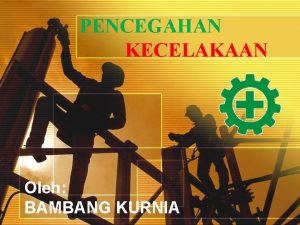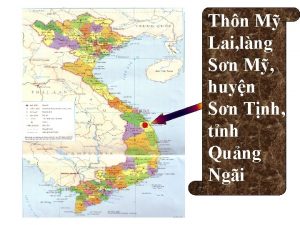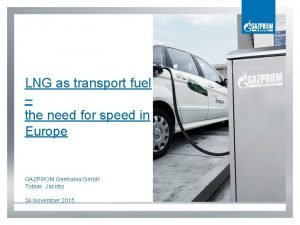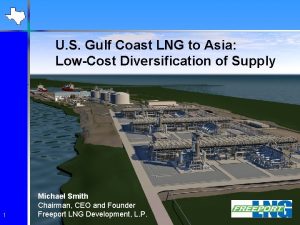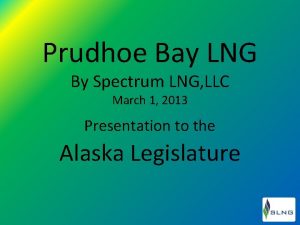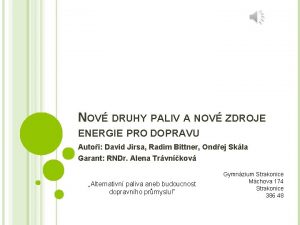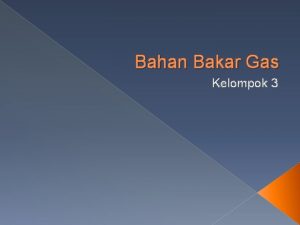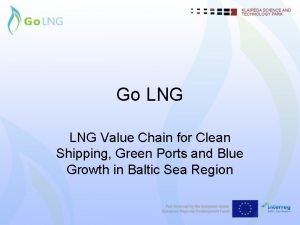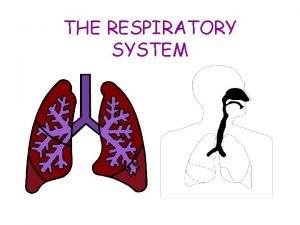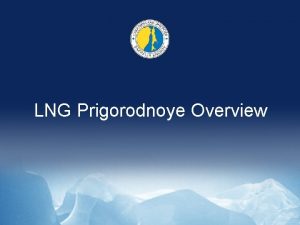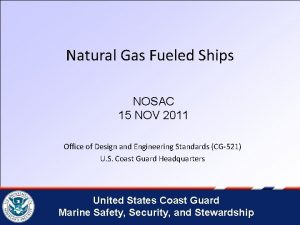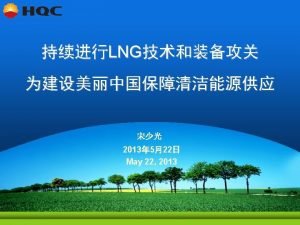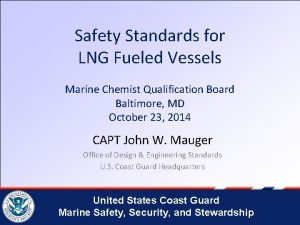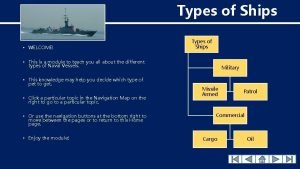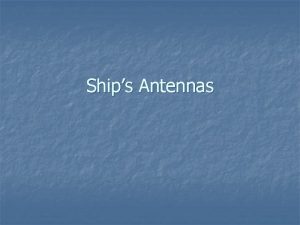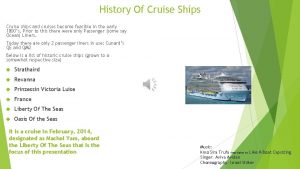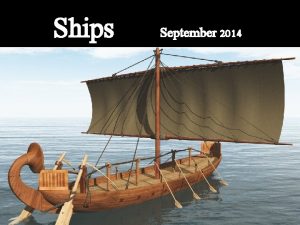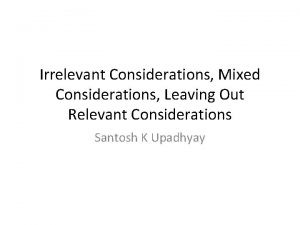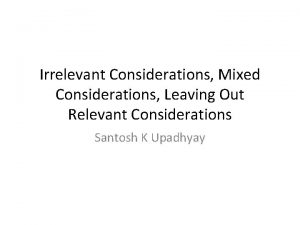LNG fueled Ships Considerations Perspectives George Pratikakis Managing














- Slides: 14

LNG fueled Ships, Considerations & Perspectives George Pratikakis Managing Director Ministry of Environment and Energy 28 March 2017, Athens

LNG FUELED SHIPS 2 1 NAP Engineering – Company Profile 2 NAP Engineering – POSEIDON MED II 3 Points of Consideration for LNG Fueled Ships

LNG FUELED SHIPS 3 1 NAP Engineering – Company Profile 2 NAP Engineering – POSEIDON MED II 3 Points of Consideration for LNG Fueled Ships

1. NAP Engineering – Company Profile NAP Engineering provides highly qualified design, engineering and consulting services for companies involved in the shipping, ship-building and environmental protection business. Our team: Naval Architects, Marine - Structural Engineers and Draftsmen Our expertise: • New building & Conversion Projects • Structural Engineering • Technical support to existing fleet & life-cycle services • Research & Development • Software Development Our Customers: Ship-owners, Shipyards and Maritime suppliers. 4

LNG FUELED SHIPS 5 1 NAP Engineering – Company Profile 2 NAP Engineering – POSEIDON MED II 3 Points of Consideration for LNG Fueled Ships

2. NAP Engineering – POSEIDON MED II NAP Engineering – Activity 14 Leader: 6 14. 1 Description of Vessels under consideration for LNG retrofit 14. 2 LNG Retrofit Basic Design 14. 3 LNG Retrofit Detailed Design, Vessels for Piraeus, Patras and Limassol Ports 14. 4 LNG as Fuel on New-Building Designs 14. 5 LNG Bunkering Vessel Designs 14. 6 Electromechanical Port (Supporting) Infrastructure 14. 7 Shipyard Preparedness

2. NAP Engineering – POSEIDON MED II Recent Deliverable (Sub-activity 14. 5) Feeder type vessels / Bunkering vessels to load LNG from Revithoussa Terminal Main Particulars AMALTHEIA 7: • Length overall: appr. 121, 76 m • Breadth moulded: appr. 18. 5 m • Normal speed: appr. 12 kn • Cargo capacity: 7000 m³ • Preferred type of cargo tanks: Membrane or Type C Bilobe AMALTHEIA 7 Main Particulars AMALTHEIA 1: • Length overall: appr. 74. 5 m • Breadth moulded: appr. 15. 6 m • Normal speed: appr. 14 kn • Cargo capacity: 1000 m³ • Preferred type of cargo tanks: Type C AMALTHEIA 1 7

LNG FUELED SHIPS 8 1 NAP Engineering – Company Profile 2 NAP Engineering – POSEIDON MED II 3 Points of Consideration for LNG Fueled Ships

3. POINTS OF CONSIDERATION LNG FUELED SHIPS 3. 1 REGULATIONS Standards and Guidelines assume a very important role in the development of LNG as a marine fuel. ECAs are already in place in Northern Europe, by 2020 in Southern as well. IGF is in place and greatly helps the design work, but: • There is still a lack of National Regulatory Framework. • Proposal for a Legislative and Regulatory Framework for the use of LNG as Marine Fuel – Vessels, Ports & Operations, within the framework of POSEIDON MED. This process is time consuming • Establishment of a task force between Ministry of Shipping and PMED II Partner Hellenic Lloyds to develop framework for adoption of LNG as fuel in Greece 9

3. POINTS OF CONSIDERATION LNG FUELED SHIPS 3. 2 TECHNICAL DESIGNS Technical Design for an LNG fueled vessel applies both to existing ships (retrofit) and to new-builds. In both cases, there is a number of technical considerations to be identified analyzed before formulating the final technical solution. Some of these considerations are: - Input from the ship-owner regarding current operational profile of the vessel (in case of existing one) and operational profile under LNG. - Interpretation and implementation of SOLAS and IGF Codes - Class review and approval - Technical inputs from equipment suppliers - Risk and Safety issues (HAZID, HAZOP reports) - Analysis of Ports of call infrastructure characteristics - Complete Process Engineering to ensure LNG safe storage & usage on board. 10

3. POINTS OF CONSIDERATION LNG FUELED SHIPS 3. 3. OPERATIONS • Supply Chain: Ship-owner to establish a secured supply chain. • Bunkering Methods: Supply Chain § Ship-to-ship § Shore-to-ship § Truck-to-ship • Maintenance of LNG Equipment and Engines • Challenges to address: § § Risk Analysis and Safety Management High Bunkering Costs Ship-to-Ship bunkering 11

3. POINTS OF CONSIDERATION LNG FUELED SHIPS 3. 4 LNG TRAINING LNG is very different to conventional fuels and therefore there is little experience outside ships carrying LNG as cargo with handling the product • Training of crew/personnel/operators : Ø To ensure safe and efficient LNG operations /handling on ships, at ports & at terminals Ø To understand challenges and risks • Training Regulations: Ø IMO MSC. 285(86): Interim Guidelines on Safety for natural gasfuelled engine installations in ships, adopted in 2009 Ø STCW. 7/Circ. 23: Interim guidance on training for seafarers on ships using gases or other low-flashpoint fuels, approved in December 2014 12

3. POINTS OF CONSIDERATION LNG FUELED SHIPS 3. 4 LNG TRAINING Training requirements are mandated by the EU and implemented by Flag Administrations alongside any national laws. Compliance with such requirements will be cross-checked by vetting inspectors and class societies. Training will be type specific as decided by the company training manager. Emergency procedures need to be developed specifically to deal with the additional hazards posed by LNG such as: • fire and leakage procedures • hazardous zoning and protection • safety exclusion zones • dropped objects 13

George PRATIKAKIS Managing Director NAP Engineering 14
